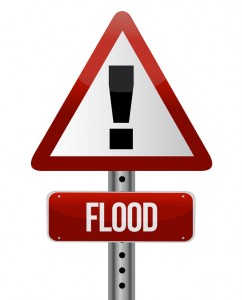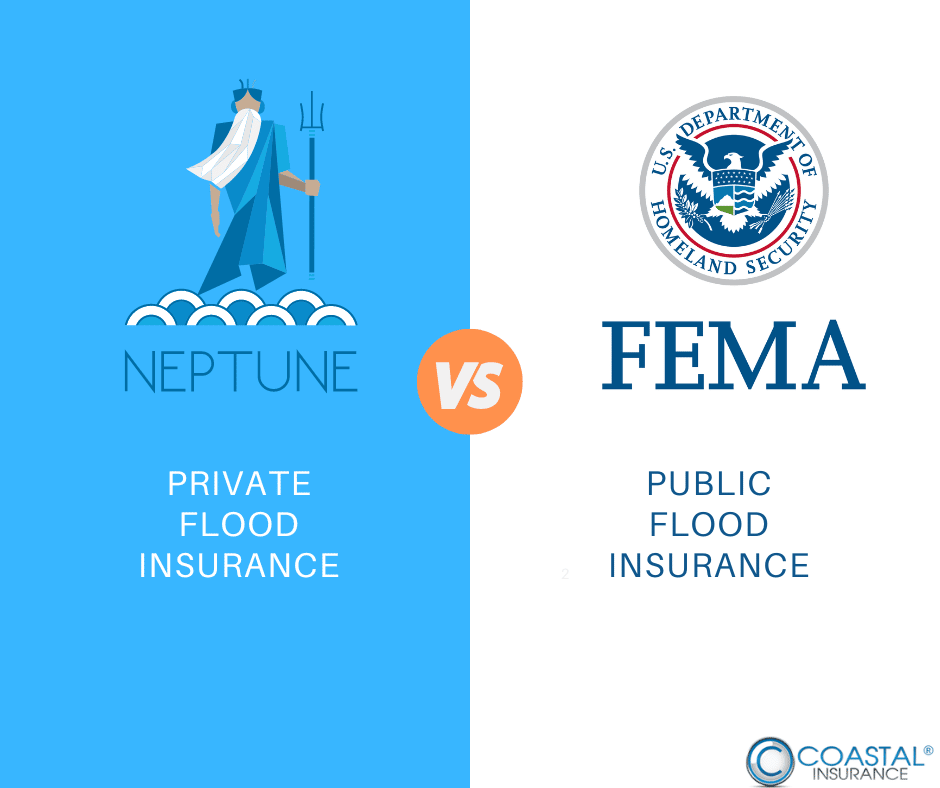On April 1st, 2015, the Homeowner Flood Insurance Affordability Act (HFIAA) made the first round of changes and only 1 year after that, more changes were to follow. The changes took place on April 1st, 2016 and they’ll undoubtedly affect anyone who purchased a Flood insurance policy.
Premium Increases
Based on information from the National Flood Insurance Program (NFIP), all policies are subject to an increase of nine percent. When it comes to individual premiums though, the increases will vary based on different variables, such as property type, year built and flood zone.
The highest policy increase (of twenty-five percent) affects non-residential business properties. While not that steep, the policy increases for residential properties is also going to hover somewhere around nine percent. Below we’ve come up with a list of the main flood zones in Nassau and Suffolk counties on Long Island, NY and the specific increase envisioned for each of them. Residential properties built after 1974 are generally considered Post-FIRM.
- Preferred Risk Policies: Five percent decrease.
- Standard rated policies: Three percent increase.
- X-zone (outside of the SFHA). Three percent increase.
- AE Zone Post and Pre-FIRM non-primary residences: Twenty Four percent increase.
- AE Zone Post-FIRM primary residences: Nine percent increase.
- Pre FIRM primary residences: Five percent increase.
- Post FIRM Primary Residences: Ten percent increase.
- Pre-FIRM Primary Residences: Five percent increase.
One thing to bear in mind is that these increases don’t take into consideration the HFIAA, the FPF, and the probation surcharge.
Federal Policy Fee Increases
The FPF also increases for every property type. For instance, the fee for PRPs is going to increase from twenty-two to twenty-five dollars, while the fee for a standard rated policy increases from forty-five dollars to fifty dollars.
Below we have the revised condo FPF (per policy):
- One unit: $50 (a five dollars increase).
- Two to Four units: $150 (a fifteen dollars increase).
- Five to Ten units: $400 (a forty dollars increase).
- Eleventh to Twenty units: $800 (an eighty dollars increase).
- More than twenty-one units: $2000 (a two hundred dollars increase).
The Elimination of Subsidy for Specific Pre-FIRM Policies
If a pre-FIRM policy lapses due to non-payment and also uses subsidized rates, then the buyer won’t be able to have it reinstated with pre-FIRM rates if the payment is received past ninety days.
Implementation of Clear Communication
FEMA wants to implement some changes that make it easier for people to understand the risk of flood damage and the way flood insurance premiums don’t or do indeed relate to such risks. From now on, NFIP insurers need to report current FIRM and flood zone information, including the Base Flood Elevation, for each and every new business policy after April 1st, 2016, including renewals effective after or on October 1st, 2016.





